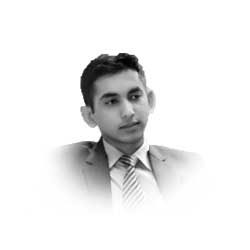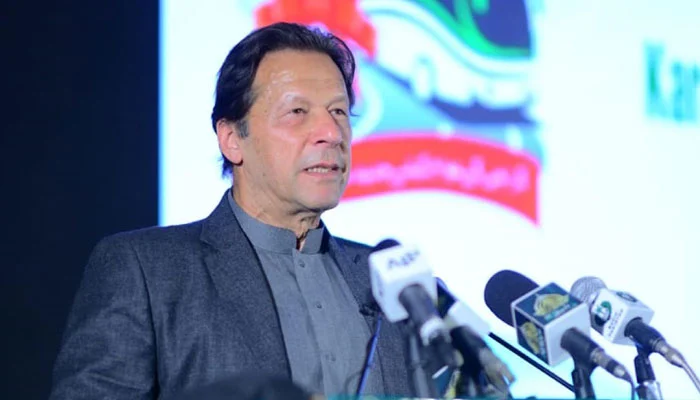By: Raja Furqan Ahmed
On October 16, 1962, national security Advisor Mcgeorge opened his daily briefing book at the white house. There were two memos that were to be discussed with the president quickly, the first was the state department regarding the china and India war as the border situation becomes more serious and maybe in the future India needs help from America. The second memo was regarding the national security of America. CIA had reported that in Cuba there are secret nuclear missile bases and the images were taken from the U2 plan.
During the start of John F. Kennedy’s presidential tenure, the cold war was at its peak. The tensions rise every day and conflict between the two ideologies/block capitalism that followed by the United States and the communist ideologies followed by the USSR. The Bay of Pigs in 1961 which was the fail attempt by the USA to throw the Fidel Castro revolutionary government was also a threat for the Americans that the Cuban government will take revenge and will join hands with the USSR. Geographically Cuba was located in the backyard of America. So the scenario was very complex.
As estimated by the CIA that there were between 6,000 and 8,000 Soviet troops on the island but according to the soviet records it was more than 50,000. The Soviets not only sends medium and intermediate-range ballistic missiles but they also deployed the tactical missiles with nuclear warheads. The Soviets keep managed to hide their activity. But later on in the mid of October, US detected and get evidence that the USSR is participating and providing logical as well as physical support to the Cuban revolutionarily government.
The president favour to choose a blockade of Cuba, backed by military action. He held a speech on October 22, 1962, taking the nation in confidence. Kennedy also warned that the purpose of the Soviet missiles in Cuba could be none other than to provide a nuclear strike capability against the Western Hemisphere and that he would protect the United States interest from such a threat no matter what the cost.
John also ordered the Pentagon to be prepared for the invading in Cuba if needed. 120,000 troops from eight divisions along with the Two U.S. Army airborne divisions would parachute into Cuba. The First Marine Division would conduct a separate landing. Three aircraft carrier battle groups, including the first-ever nuclear-powered carrier, USS Enterprise, would provide air support.
The US also highlighted the issue in the United Nations platform in an emergency meeting of the Security Council on October 25, challenging USSR to admit the existence of the missiles. But USSR Ambassador refused to answer. On October 27, U-2 was shot down and the pilot was killed by the Cuban government. This also increased the tension.
The thirteen days were difficult for the Kennedy government. The president consulted with his top advisers and cabinet officials. These meetings, conducted by the committee which was called the Executive Committee of the National Security Council. In the meeting, military, as well as the civil establishment, the focus was towards the use of force.
There were some options that were considered for an attack such as airstrikes on missile bases, blockade or the invasion of Cuba but president john’s brother Robert F Kennedy who was also the attorney general was not in the favor of hard power. Instead, he focused on the negotiation and dialogue rather goes for the military operation.
The most dangerous evening of the Cuban missile crises was on 27 October because to solve the issue through peace and war this day was decided. President Kennedy after taking advice from his brother and senior other members decided that he will respond the letter to the USSR president Khrushchev accepting the editing term letter. In that letter, there were conditions that the USSR will remove the missile if the USA removes Jupiter’s missile from turkey and Italy and it should be through proper channel by the involvement of the United Nations as an assurance but Kennedy said that secret understanding, not as an open agreement that would appear to the public, and to NATO allies, as a concession to blackmail. The USA will also not intervene in Cuba again.
President Kennedy elected his brother Robert to transmit this sensitive message to the Soviet ambassador Anatoly Dobrynin, who later night met in his office at the justice department. That time the game was in the hand of Robert because firstly he had to pass the message and then he has to get a positive response on the term and conditions which president Kennedy was ready to accept. This meeting was the turning point for the crises.Finally, the USSR president Khrushchev orders to withdraw the missiles from Cuba and Kennedy promise not to invade in Cuba again. He also secretly promised to withdraw their nuclear missiles based in Turkey and Italy. On November 20, 1962, Kennedy finally ordered the lifting of the naval blockade of Cuba.
The writer is a freelance journalist based in Islamabad, Pakistan. He tweets @furqanraja1122.



